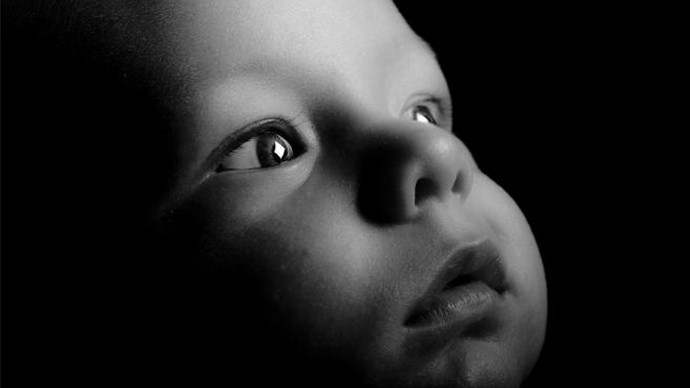Autism Spectrum Disorder (ASD) is a lifelong developmental disability that affects how people perceive the world and interact with others. It is also a neuro-developmental disorder characterised by impaired social interaction, verbal and nonverbal communication, and restricted and repetitive behaviour. Although there is no known cause for the disease, experts have always been confident that it is caused by abnormalities in brain structure or function. However, they may have been entirely wrong, as Autism is now being associated with the skin.
Autism Research
A new study by Harvard Medical School researchers reveal that ASD may not involve just the brain, but the skin too. Many people with autism are often hypersensitive to light touches, a sign that indicates to experts that part of their disorder is tactile in nature. It’s often possible to calm a person whose sensory system is believed to be overstimulated by using deep pressure applied through hugs and heavy blankets.
Knowing this, the study’s senior author David Ginty, a neurobiology professor at Harvard Medical School, and his team tested how mice reacted to a light puff of air on their backs and how well they could differentiate various textures. Because certain gene mutations were related to ASD in humans, such as Mecp2 and Gabrb3, researchers found mice with the mutations were startled by the puffs of air, compared to normal mice. They were also unable to tell the difference between textures.
Their findings, published in the journal Cell, reveal that the sensation of touch travels along receptors at the surface of the skin and connects into the central nervous system. The sense of touch is key to socialisation and navigation, which is why an abnormal reaction to it can make it problematic for a person with ASD to function in their day-to-day life.
Autism Symptoms
Persons with Autism often exhibit the following symptoms:
- A learning disability.
- Attention deficit hyperactivity disorder (ADHD)
- Tourette’s syndrome or other tic disorders.
- Epilepsy.
- Dyspraxia.
- Obsessive compulsive disorder (OCD)
- Generalised anxiety disorder.
- Depression.
With such intense symptoms, we can only hope that this discovery will eventually lead to a cure for the illness, and provide millions of children around the world a better life than they’ve been having.
Dr. Mark Zylka is a Harvard University professor with expertise in the mechanisms of pain and autism. Though he wasn’t involved in the study, he told Medical Daily: “It will be very difficult to eliminate a faulty gene in a human. However, knowing what gene is mutated in a child with autism could, in the future, be used to treat that child with medicines that are personalised for their unique mutation. This study will refocus scientists on the peripheral nervous system as a possible source of some of the symptoms of autism.”
For Autism patients and their families, this can only be another step closer to the answers they’ve been looking for.
H/T: Medical Daily




 English
English